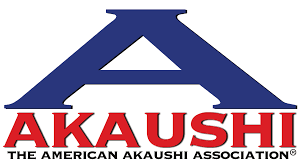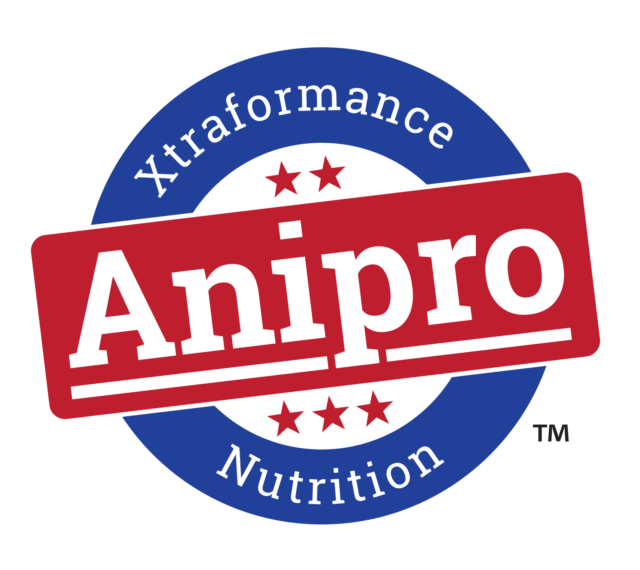Calving difficulties, known as dystocia, can have multiple reasons. Some of them can be prevented, some are easily fixed if the animals in trouble are caught in time, and others will require your local veterinarian’s or veterinary clinic’s care.
In addition, the first hours post-calving are critical for the dam and the newborn calf, and attention should be given to this period.
Planning and prevention, observation, knowing what to expect and how to react to potential problems will help to decrease calving losses.
Click here to view a progressive chart in a new window. (PDF, 457 KB)
Pre-breeding
- Start the breeding season in your heifers two weeks prior to the cows. This will not only give them more time in the next breeding season to recover from calving and catch up with the cows but will also allow them to calve a couple of weeks earlier than the rest of the herd.This will allow you to group them and have them in a closer pasture, where they can be under close observation at calving.
- Breed only the heifers that are at least 70 percent of their expected adult size and weight. During the pregnancy, those heifers under a good nutrition plane will have the appropriate frame size at calving.
- Select the appropriate sires. If you are using A.I., make sure to purchase from sires that are proven to be “easy calving.” If using bulls, make sure they have a small frame and that the breed is appropriate for your heifers. In the case of cows, you can use larger-framed bulls, but in proportion to the cow’s size.
Preg check
When the veterinarian does a preg check after your breeding season, he or she will be able to confirm pregnancy and stage them. This will allow you to separate the cows by calving groups and have them under better observation as they approach calving.
Pre-calving
- During the last trimester, control feed intake to avoid having animals in extreme body condition. Thin and overweight animals are more likely to have dystocia, along with other difficulties.
- Have your group of close-up heifers and cows in a close pasture where they can be checked two times a day, where it is not too muddy or close to ponds in which calves could fall. Ideally, have a barn where you can take care of orphan, sick, rejected or twin calves. Furthermore, your calving area should have access to a road in case you need to transport animals to another location or a clinic.
- In case of dystocia that will require your intervention, be certain to have everything you will need on hand: sleeves, gloves, lubricant, obstetric chains, handles, etc.
- For the barn, maintain some straw to bed the pens and lights to keep calves warm. Make sure you have a way to feed the calves, either with a colostrum replacer or pasteurized colostrum from a local dairy.

Calving
- Walk your calving herd two times a day; make sure you have a good view of the animals, identify those that have already calved, and verify that the calf is doing fine, the cow is able to rise and her udder looks nursed.
- If you find cows in the process of calving, you should recognize the stage of parturition they are at and allow time for normal progression. If you are past that period, consider intervention or call your local veterinarian (See Table 1).
- Most animals will not allow you to intervene; they will stand and move away from you when you are approaching. Ideally, you should have a chute close by where you can restrain the cow. If that is not the case, you will have to cast and securely restrain the dam.
- Once restrained, evaluate the overall health of the animal; note the color and smell of any vaginal discharge, which could include excess of blood indicating hemorrhage, fetid smell suggestive of a calf that has been dead for several hours, or yellowish color “meconium staining” from the calf’s feces representing calf distress.
- Clean the vulvar area and any fetal parts with water and mild soap. Clean your hands and arms and use plastic long sleeves. Use a generous amount of obstetric lubricant.
- Introduce your hand vaginally and gently inspect the area. A normal parturition should have a calf with the front legs extended, and the head should be between the two legs.

- Dystocia may be due to fetal or maternal causes (Table 2), and with experience you will learn to determine the cause, intervene or decide to call a veterinarian. If the cause is the dam’s exhaustion, and the calf is in normal position, a gentle pull of the legs as the dam contracts could be all that you need.
- If the calf is too big, in an abnormal position or is a fetal monster, or if the cow failed to dilate, and you don’t have the experience in these situations, it will be safer to call a veterinarian to prevent damage to the calf, the dam and because time is precious, for a healthy calf to be delivered.


Livestock Herd Health and Reproduction Service
UC – Davis






